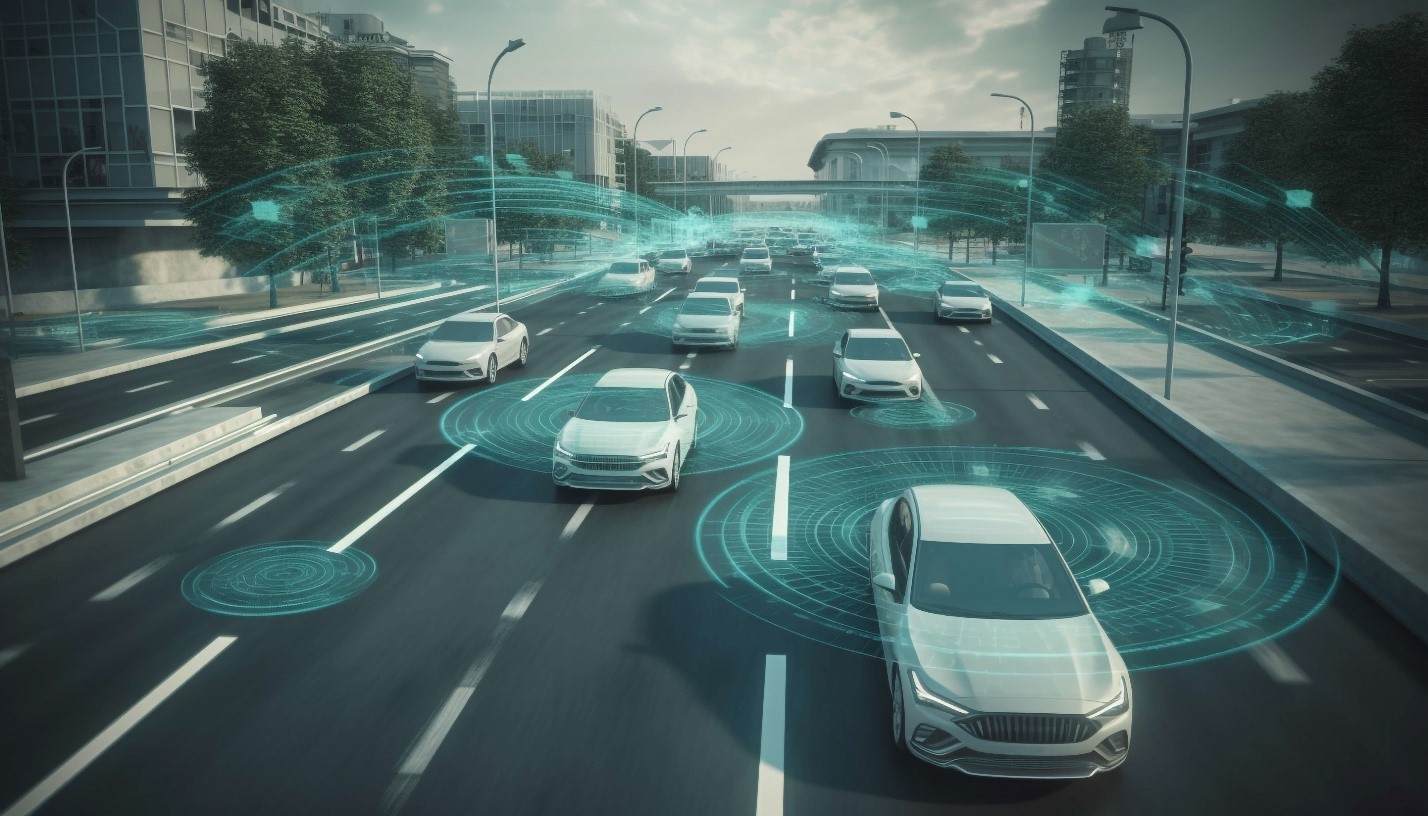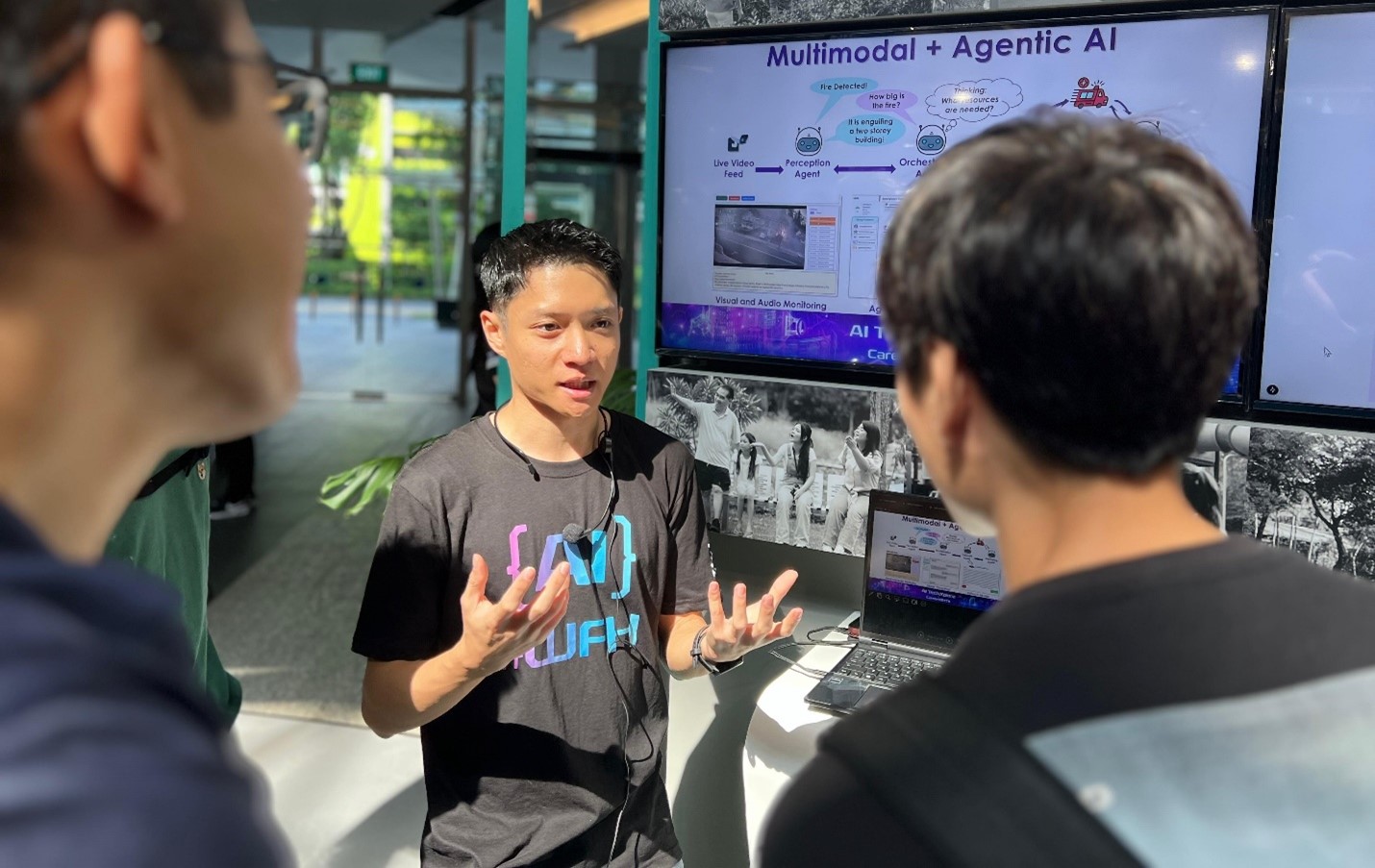
Let’s face it. Applications like ChatGPT and Google Gemini have revolutionised the way many of us go about our lives.
But if you think these applications — which are a form of Generative AI (Gen AI) — are the epitome of what AI can do, buckle up. Because Agentic AI, one of the newest kids on the block, is here.
You see, unlike Gen AI, which is reactive (you need to prompt it before it can generate a reply), Agentic AI is proactive.
Here’s an analogy: Agentic AI is akin to the “brain” in an autonomous vehicle — it collates and analyses all the information generated by the sensors in the vehicle before independently deciding on a course of action, like whether to turn left or grind to a halt.
In other words, it is autonomous. And this is exactly why it is so powerful.
 Agentic AI can “think” and take actions on its own accord, kind of like how autonomous cars work. (Photo: Freepik)
Agentic AI can “think” and take actions on its own accord, kind of like how autonomous cars work. (Photo: Freepik)
How does Agentic AI work?
At its core, Agentic AI is the result of multiple cutting-edge technologies working together seamlessly.
First, it relies on Large Language Models (LLMs) to communicate, reason, and understand context across different domains. These models help interpret human language, make sense of instructions, and respond in a coherent and intelligent manner.
But understanding language is just the beginning. Agentic AI also features planning modules, which break down complex goals into smaller, actionable tasks. In fact, Agentic AI systems come equipped with memory and feedback mechanisms that allow them to remember previous interactions, learn from past outcomes, and refine their behaviour over time.
Furthermore, Agentic AI can perform interactions with external systems — like executing code, querying databases, or controlling hardware — without the need for human input.
 Autonomous robots like C-3PO from Star Wars is one example of Agentic AI in pop culture. (Photo: Starwars.com)
Autonomous robots like C-3PO from Star Wars is one example of Agentic AI in pop culture. (Photo: Starwars.com)
While the term Agentic AI has only recently gained traction, the underlying concept of intelligent agents has been around since the 1990s, particularly in academic fields like autonomous systems and artificial life. What’s changed in recent years is the scale and intelligence, thanks to advances in LLMs and computing power that have allowed agents to perform complex, real-world tasks.
Uses in public safety
Presently, HTX is leveraging Agentic AI to help with Singapore’s anti-scam efforts, which include the scanning of myriad websites to detect those created to scam citizens.
Chua Teck Wee, Deputy Director at HTX’s Sense-making and Surveillance Centre of Expertise, explained that it is near-impossible for a human to perform such a task given the sheer volume of malicious sites masquerading as e-commerce or banking websites that pop up every day.
 Compared to humans, Agentic AI can trawl through a large volume of potentially malicious sites quicker. What’s more, it will never get fatigued from doing so. (Photo: Freepik)
Compared to humans, Agentic AI can trawl through a large volume of potentially malicious sites quicker. What’s more, it will never get fatigued from doing so. (Photo: Freepik)
Compared to previous automation tools that simply scan these websites, Agentic AI offers more benefits as it can navigate the sites smartly, understand which buttons to click, and look out for danger signs.
“Agentic AI is able to define details and scam indicators such as imitation of logos or deals that are too good to be true,” he explained.
Agentic AI could also be a boon to tasks like fire investigations. For example, firefighters can utilise Agentic AI to determine how to prioritise premise inspections better. This can be done by using Agentic AI to pull together information from past fires and check if certain kinds of premises are more prone to fires.
 Chua Teck Wee, Deputy Director at HTX’s Sense-making and Surveillance Centre of Expertise. (Photo: HTX/Alywin Chew)
Chua Teck Wee, Deputy Director at HTX’s Sense-making and Surveillance Centre of Expertise. (Photo: HTX/Alywin Chew)
“Previously, this was a manual process involving data scientists combing through legacy systems,” said Teck Wee. “But with HTX’s new Agentic AI-powered platform, users can perform natural language queries on the fly. We can return queries on fire inspections in just a few seconds.”
Alfred See, a Q Team engineer at HTX, added that Agentic AI can increase the efficiency of work processes so that teams can focus more on development and less on administrative matters. This ethos can also be applied to sectors such as healthcare, for instance, where AI agents can automate patient registration and treatment allocation.
“The actual treatment would still be done by a human, but AI agents can help analyse patient records and historical data to augment human decision-making,” he explained.
 Agentic AI can also help improve the efficiency of planning for fire safety inspections. (Photo: Freepik)
Agentic AI can also help improve the efficiency of planning for fire safety inspections. (Photo: Freepik)
While Agentic AI is still in the trial and development phase at HTX, both Teck Wee and Alfred foresee that the technology could be executed across Home Team tasks in a year’s time.
What are the risks of Agentic AI?
Like any emerging technology, Agentic AI isn’t without its risks. For example, developers are still tackling issues like unpredictability in outputs—especially when multiple AI agents interact in complex systems. But as safeguards improve and models become more stable, we’re likely to see Agentic AI integrated into more parts of public life in Singapore.
 HTX Q Team engineer Alfred See speaks to visitors at AI TechXplore about how multimodal and Agentic AI can work together to bolster public safety. (Photo: HTX/Janna Giam)
HTX Q Team engineer Alfred See speaks to visitors at AI TechXplore about how multimodal and Agentic AI can work together to bolster public safety. (Photo: HTX/Janna Giam)
Looking ahead, we can expect to see Agentic AI deployed across sectors like urban security, public health, disaster response, and even logistics. In fast-paced or high-stakes environments, this autonomy could save time, resources, and even lives.
As the technology matures, Agentic AI will likely evolve from supporting simple, single-purpose tasks to handling more complex, multi-step operations. For example, an AI agent could not only identify a potential security threat on surveillance footage, but also cross-reference it with historical data, alert relevant agencies, and initiate next-step procedures automatically.
The result? Faster responses to threats and, ultimately, a Singapore that is smarter, safer, and more resilient.

